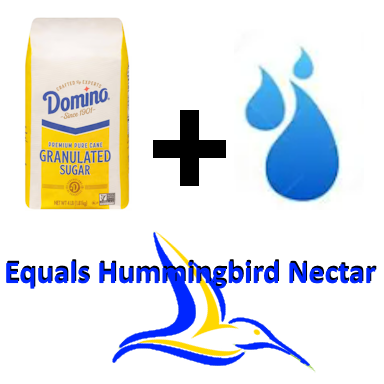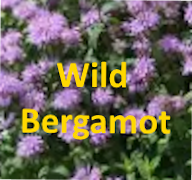How to Make Free Hummingbird Nectar at Home Without Boiling the Water

How to Make Hummingbird Nectar for Free Without Boiling the Water
Making Hummingbird Nectar Without Boiling
Creating a welcoming environment for hummingbirds doesn’t require expensive equipment or ingredients. In fact, you can make hummingbird nectar easily at home without even boiling the water, ensuring these beautiful birds frequent your garden with minimal effort on your part. This simple method not only saves energy but also time, allowing you to quickly whip up a batch of fresh nectar anytime your feathered friends are running low.
Essential Ingredients for Hummingbird Nectar
To prepare hummingbird nectar, you really only need two readily available ingredients: white granulated sugar and water. It’s crucial to avoid using honey, artificial sweeteners, or organic sugars because these can harm hummingbirds. The safest and most effective mixture mimics the natural sucrose content found in flower nectar, which is primarily what hummingbirds feed on.
Basic Recipe for DIY Hummingbird Nectar
The formula for making your own hummingbird nectar is quite straightforward:
- 4 parts water
- 1 part white granulated sugar
This ratio closely resembles the sucrose concentration found in most natural flower nectars, providing an optimal balance of water and sugar absorption for hummingbirds.
Steps to Prepare Nectar Without Boiling Water
-
Measure the Ingredients: Use the 4:1 ratio to measure out your ingredients. For example, to make one cup of nectar, use 1 cup of tap water and 1/4 cup of sugar.
-
Mix Until Dissolved: Pour the sugar into the water and stir vigorously until the sugar is completely dissolved. The dissolution might take a bit longer without boiling the water, but with persistent stirring, it will dissolve adequately for the hummingbirds’ use.
-
Cool the Mixture: If you used warm tap water to help dissolve the sugar, allow the mixture to cool to room temperature before filling your feeders. You can use room temperature tap water; sugar is water soluble.
-
Fill Your Feeders: Once the nectar is cool, pour it into your clean hummingbird feeders.
-
Store Excess Nectar: If you make a large batch, you can store leftover nectar in the refrigerator for up to two weeks. Always ensure to shake it well before refilling the feeders as separation may occur.
Best Practices for Feeder Care and Maintenance
Maintaining clean feeders and fresh nectar is crucial for the health of visiting hummingbirds. Here are a few tips to ensure your setup is safe and inviting:
- Clean Your Feeders Regularly: At least once a week, clean the feeders thoroughly with hot water and a mild detergent. Rinse well to ensure no soap residue remains.
- Change the Nectar Frequently: Replace the nectar every few days, or daily in very hot weather, to prevent fermentation and mold growth, which can harm hummingbirds.
- Position Feeders Strategically: Place hummingbird feeders in shady areas to slow down the fermentation of the nectar. Ensure they are out of reach of cats and other predators and ideally near flowers that also attract hummingbirds.
Engaging Hummingbirds in Your Garden
In addition to providing nectar, you can make your yard more appealing to hummingbirds by planting a variety of flowers that bloom at different times throughout the growing season. Native flowers typically attract more hummingbirds and support biodiversity in your local area.
Furthermore, installing a water mister or a shallow birdbath can provide hummingbirds with a place to bathe and drink, enhancing their visit to your garden.
Conclusion
Preparing free homemade hummingbird nectar without boiling water is not only simple and economical but also a delightful way to invite these enchanting birds into your garden. By following the simple steps outlined above and paying attention to feeder maintenance and garden arrangements, you can enjoy the vivid spectacle of hummingbirds buzzing around your backyard throughout the season.





